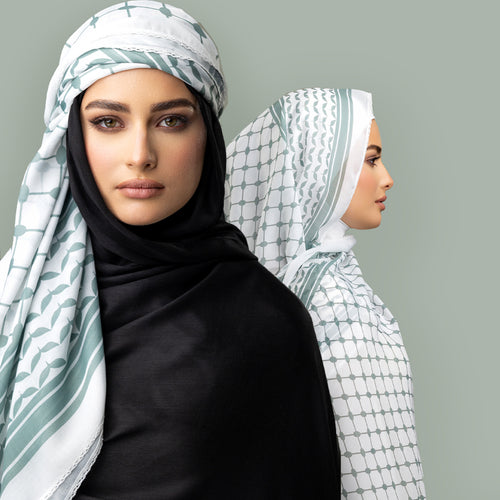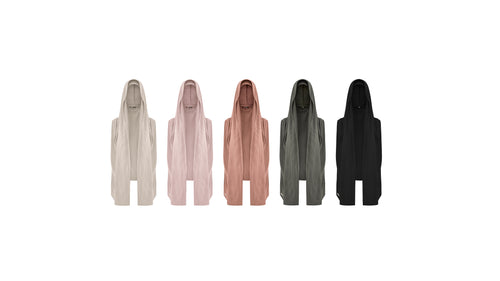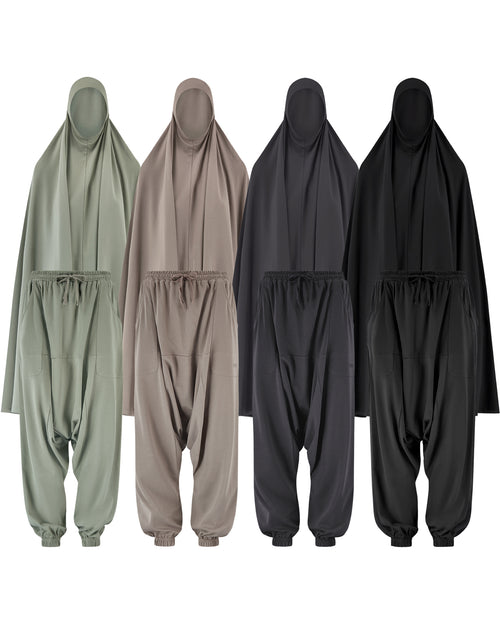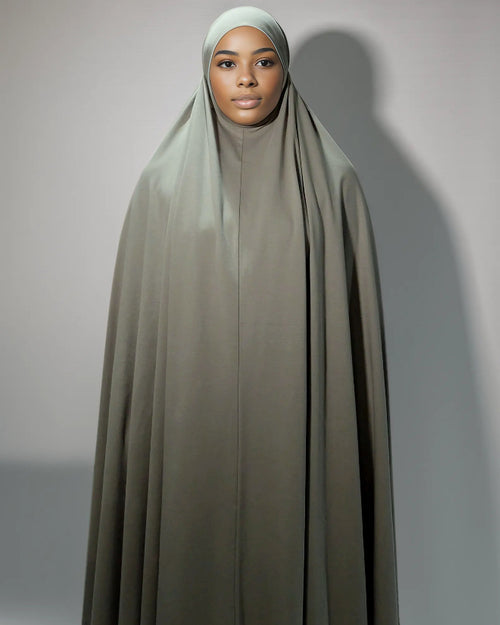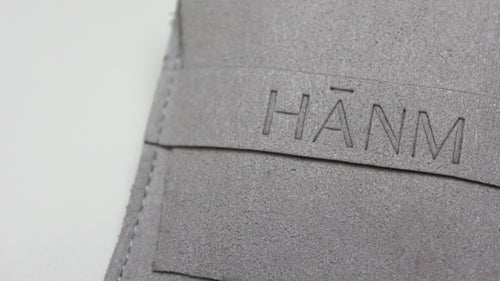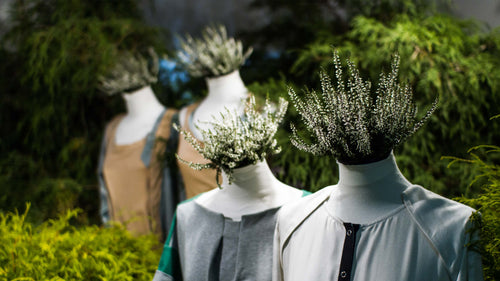
Here at HĀNM, we take our dyeing processes very seriously. Where we can source OEKO-TEX certified practices, we will. Toxic chemicals can have serious, long-term effects on our health that consumers, are not always aware of.
But what are the effects of toxic chemicals? you ask.
1. Environmental Impact: Toxic chemicals used in conventional dyeing methods can have severe consequences for the environment. These chemicals often find their way into rivers, lakes, and other water bodies, polluting the water supply and harming aquatic life. Many conventional dyes contain substances such as heavy metals, azo dyes, and formaldehyde, which are toxic and non-biodegradable.
By purchasing a HĀNM hijab, you are consciously opting and supporting a more sustainable production process, as we opt for non-toxic dyes in our colour palettes. You are also helping to minimise water pollution and protect ecosystems.
2. Human Health: Toxic dyes not only harm the environment but also pose risks to the health of workers in the textile industry, as well as consumers. Exposure to hazardous chemicals during the dyeing process can lead to various health issues, including skin allergies, respiratory problems, and even long-term health complications. The workers involved in fast fashion production, particularly those in developing countries, are often exposed to hazardous chemicals without adequate protection. By using non-toxic dyes, we prioritise the well-being of our workers, as well as consumer health.
3. Consumer Safety: Toxic dyes can have adverse effects on the consumers that may unknowingly expose themselves to these risks when purchasing and wearing fast fashion items. This can reveal itself as skin irritations and allergies - even the absorption of harmful chemicals through the skin poses harmful risks to ones health.
4. Sustainability: Sustainable fashion aims to create products that are durable and have a minimal environmental impact throughout their lifecycle. By using non-toxic dyes, we contribute to the longevity and sustainability of your HĀNM hijabs. Non-toxic dyes often have better colorfastness too, meaning they retain their vibrant hues for longer, reducing the need for frequent re-dyeing and extending the lifespan of the product. Yes it's an investment at the time of payment, however, you will spend far less in the long-run by choosing hijabs that are designed to withstand the test of time.
5. Short product lifespan: Fast fashion is characterised by the production of cheap, low-quality garments that are designed to be disposable. These garments often fade, lose shape, or deteriorate quickly over time. The use of toxic dyes can further accelerate these issues, leading to shorter product lifespans and increased textile waste, which only hang around to pollute the planet. A. BIG. NO, from us.
Here at HĀNM, we are dedicated to sourcing and weaving natural fibers - many of which are biodegradable. It not only means your hijabs will last you through many years of wear, but also when you're done with it, you don't have to worry about it hanging around and polluting our beautiful planet and its inhabitants.

